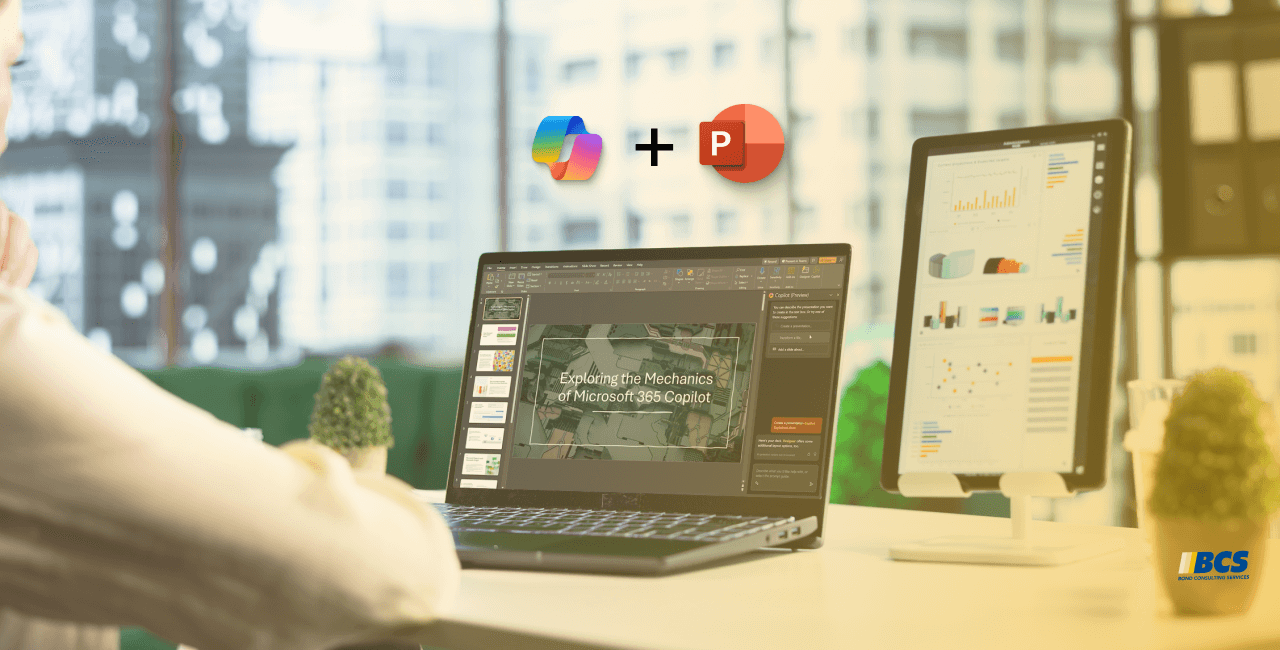Thinking of moving from Dynamics GP to Business Central? You’re not alone. Thousands on companies are exploring a modern, cloud-based ERP to replace Dynamics GP. In this guide, we’ll walk you through the process of migrating to Dynamics 365 Business Central – including what to expect, how it works, and key tips for a smooth transition.
Why are companies moving on from Dynamics GP?
If you’re considering a move, you’re likely motivated by one of more of these things:
- End of mainstream support for Dynamics GP
- Desire to move to a cloud-based ERP system
- Integration with Microsoft 365 and Power Platform
- Modern user experience and automation capabilities
Two approaches to moving from GP to Business Central
There are two main ways to move from GP to Business Central:
- Reimplementation – Create a Business Central instance from scratch and manually migrate data from GP
- Use the Cloud Migration Tool – Link Business Central to Dynamics GP and import the data programmatically
Based on the above description, it seems like the better approach to just automatically import all your data from Dynamics GP, but there are some things to first consider before deciding on an approach.
How does the GP Cloud Migration Tool Work
What data is migrated with the Cloud Migration Tool?
If you’re not planning on making any changes to your data structure during your move to Dynamics 365 Business Central, then the Cloud Migration Tool might be for you.
The following data will be migrated by the tool:
- General ledger (including, but not limited to)
- Main G/L Account Segment and Other Account Segments*
- Summarized transactional data
- Fiscal Periods
- Open Years
- Checkbook Master
- Sales / Accounts receivable (including, but not limited to)
- Salespeople
- Customers and Addresses
- Open A/R (remaining amounts only)
- Purchasing / Accounts payable (including, but not limited to)
- Vendors and Addresses
- Open A/P (remaining amounts only)
- Open Purchase Orders (remaining quantities only)
- Inventory (including, but not limited to)
- Item Master
- Quantity on Hand (blank location)
- Locations
- Serial/Lot Information
- Other items (not exhaustive)
- Payment Terms
- Shipping Method ID
- Additional Customer and Vendor Ship To and Order Addresses
- Vendor EFTs and
- “Vendor Remit” as Main Address.
*Although all account segments will be imported the main segment will be imported directly into Business Central’s Chart of Accounts, while the other account segments will be imported as Dimensions.
What data ISN’T migrated with the Cloud Migration Tool?
The following items are not included when using the Cloud Migration Tool:
- Inventory Bill of Materials
- Project Accounting Data
- Manufacturing Data
- Field Service Data
- Payroll Data
- Detailed GL history (only summarized historical tranasctions are migrated)
Cloud Migration Tool prerequisites
- GP 2015 and later versions
- SQL Server 2016 and later versions
- Individual database size less than 80 GB
This doesn’t mean that a company that conflicts with any of the above items can’t use the Cloud Migration Tool for the remainder of their data, it just means that some additional manual effort will be required. We at Bond Consulting Services have done a lot of these more complex GP to Business Central migrations; you can reach out to us if you need some help.
Where can you review the data from the Cloud Migration Tool?
The Cloud Migration Tool imports the data into separate extension tables. These data are kept separate from the data that’s created in Business Central, but they’ll be visible from the same forms. The following data is migrated into extension tables:
- Receivables Transactions
- Sales Transactions (Quotes, Orders, Invoices, Returns)
- Sales Line Items
- Payables Transactions
- Purchasing Transactions
- Receiving Line Items and
- Inventory Transactions.
To see the data, navigate to the appropriate list page and select one of the new GP data views (as seen below).
Once you navigate to one of those pages, you’ll see the transactions are loaded, but there is no drill down available, and the source transactions cannot be reprinted.
Best Practices for Migrating from GP to Business Central
Here’s a list of things that we like to consider best practices when migrating from GP to Business Central:
- Perform a full system design to make sure that you are taking advantage of all of Business Central’s functionality.
- Use GP’s Professional Services Tools Library (PSTL) or Corporate Renaissance’s Changer to make all master record changes, including account segments, before you move to Business Central. All changes will be rolled into historical transactions.
- Rename your Account Segment descriptions to alphanumeric Dimensions to assist with data entry. For example, rename Segment 1 to “Division”.
- Within Business Central, there are two Global Dimensions and six Shortcut Dimensions. Determine which two segments of the chart of accounts best represents your business processes and make those to be the two Global Dimensions.
- Run all applicable Check Links and reconciles, prior to migration.
- Run a query against customer telephone number fields, to verify that there are no non-numeric characters in the telephone number. Correct any errors that are found.
- Even if Multicurrency is not being used in your GP installation, configure multicurrency access for each currency by navigating in GP to Administration –> System –> Multicurrency access.
- Also, configure Functional Currency in Financial –> Setup –> Multicurrency setup
- Run Check Links against the Multicurrency Setup and Period Setup series of tables.
- Maintain access to your on-premise GP server for a reasonable amount of time in case you ever need to refer to source documents.
Ready to Make the Move?
Migrating from Dynamics GP to Business Central doesn’t have to be complicated — and you don’t have to do it alone. At Bond Consulting Services, we’ve helped hundreds of businesses plan and execute successful ERP transitions.
Let’s talk about your migration goals and create a roadmap that fits your business.












